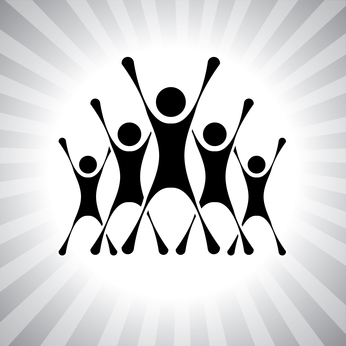One question we get in our Bud to Boss workshops is this:
How do you understand your direct reports capabilities without directly asking them?
It’s a great question, and its answer is often found in observing two things about the people on your team:
- How they spend their time when they are not at work, and
- The tasks they choose to do first when they get a choice.
How they spend time when they are not at work.
Their hobbies and other outside work activities are clues to what types of things interest them.
For example, if they like sports, do they prefer watching sports or engaging in sports? If they engage in sports activities, do they like solitary sports or team sports? People who engage in solitary sports will probably be drawn to solitary tasks over collaborative tasks and vice-versa.
Here is another example. Do they like to work with their hands on mechanical projects or do they prefer to develop new recipes and cook? If they prefer mechanical projects, they will likely have some abilities with mechanical or spatial thinking and problem solving. If they gravitate towards creating recipes, they will likely have conceptual and creative problem solving skills.
The tasks they choose to do first when they get a choice.
Notice what people choose to do when the choice is not made for them. When people get to choose what they work on, most people will choose what they enjoy and feel most comfortable doing first.
A common predictor of comfort with completing a task is self-perceived competence at the task. Basically, people often – though not always – enjoy doing what they do well. Or, maybe, they get good at doing things they enjoy. Either way, people will, on average, choose to work on the things they enjoy working on when they get a choice, and people are typically good at doing things they enjoy doing.
Wise leaders listen to conversations, observe behaviors, and thoroughly learn about the people on their team – both what they do at work and at home. The effort to really “know your players” pays off in understanding both their capabilities and their motivations. So, pay attention, engage in small talk, listen to what people say, observe what they do, and the clues to their capabilities will reveal themselves to you.


0 comments